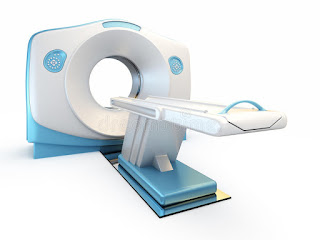The global learning management system market is poised to register a CAGR of 27.17% from 2018 to 2022 (forecast period). With the evolving requirements of students, the demand for effective quality content is witnessing a sharp rise. Implementation of learning management system (LMS) helps educators to create and offer relevant content sourced from an expansive library. Soaring need for centralized learning systems can augment the market.
Continual advancements and innovations in e-learning tools and delivery methods are playing an imperative role in the development of the market. With constant advancements, the compatibility of LMS with mobile devices is increasing. Therefore, proliferation of smartphones is likely to escalate the growth of the market. Over the past few years, preference for m-learning among organizations has increased as it helps them to deliver digitized training materials directly to handheld devices of employees.
Spiraling need for cost-effective solutions to manage operations of a company and support several systems, including knowledge management system (KMS) and enterprise resource planning (ERP) is projected to propel the market. Organizations are acknowledging corporate learning management system for imparting training through a range of online training courses and reducing the per capita cost of training. For instance, in January 2018, GNC came in a partnership with ePath Learning Inc. to conduct the former's new state-of-the-art employee training and development programs through the latter’s LMS platform, ASAP. Using the software, the company can offer online courses to its employees and monitor their progress remotely.
A raft of developers is focusing on developing cloud-based learning management system since it works efficiently. Deployment of the cloud-based software is hassle free and requires low initial cost. The findings of the report indicate that the growing inclination toward cloud-based LMS is estimated to provide a fillip to the market. On the other hand, limited scope of personalization and customization can restrict the market for learning management system from realizing its utmost potential. Nevertheless, growing popularity of augmented and virtual technologies is anticipated to shape the future of the market.
The global learning management system market has been classified into deployment, end user, and geography. By deployment, the market has been bifurcated into on-cloud and on-premise. In terms of end user, the market has been segmented into academic and corporate.
Geographically, the learning management system market has been divided into Europe, Middle East, and Africa (EMEA), Americas, andAsia Pacific (APAC). Americas will account for a substantial share in the market throughout the forecast period. Wide-scale adoption of modern technologies in the education sector and rapid infrastructure improvements are contributing to the growth of the market. Rising need for quality education and training along with growing awareness regarding the benefits of learning management system is supplementing the growth of the regional market.
Presence of a large number of multinational companies and other large enterprises is also expected to escalate the demand for LMS in the region. Moreover, emergence of several online management systems is driving the market in Americas. Drop a comment for purchase this report.
Some of the prominent companies operating in the global arena are Oracle; SAP SE; Pearson PLC; Cornerstone OnDemand, Inc.; and Blackboard, Inc.



